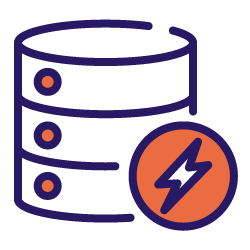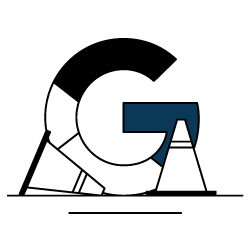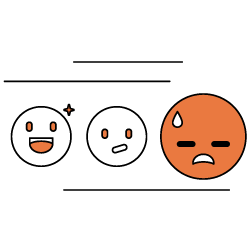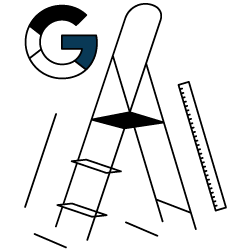Page speed is the time it takes for a visitor to receive the all of the content of a webpage. It has a direct impact on user behavior. For example, as page speed increases, we know that bounce rates increase exponentially.
Page speed is also a ranking factor for Google. Several Google updates have targeted page speed. Today, the slowest sites, particularly for mobile search, are penalized. And when identical pages compete, the page that loads first can rank higher.
To make sure you’re using the right data, OnCrawl’s page speed metrics are all based on TTLB (time to last byte, or the time between the user’s request and the moment the user receives the last of the content).
How to know if your page is too slow
Page speed is influenced by the size of the content, including media such as images and videos, by the size of resources that determine the presentation of the content (css, scripts such as JavaScript, fonts that must be downloaded…), and by your server’s capacity to respond quickly to users.
- Monitor load time for all of your pages in OnCrawl
- Use OnCrawl metrics to see when page speed correlates with fewer visits, higher bounce rates, and lower rankings
How to optimize page speed for SEO
OnCrawl can help you know whether proposed optimizations will make a difference by showing your the relation between page speed and performance metrics for your site. Gain rankings by optimizing pages where page speed has a significant influence on performance. Potential changes that can increase page speed include:
- Compress images, fonts, css and Javascript
- Verify and improve server capacity and response time
- Use CDNs to provide content more quickly to visitors














